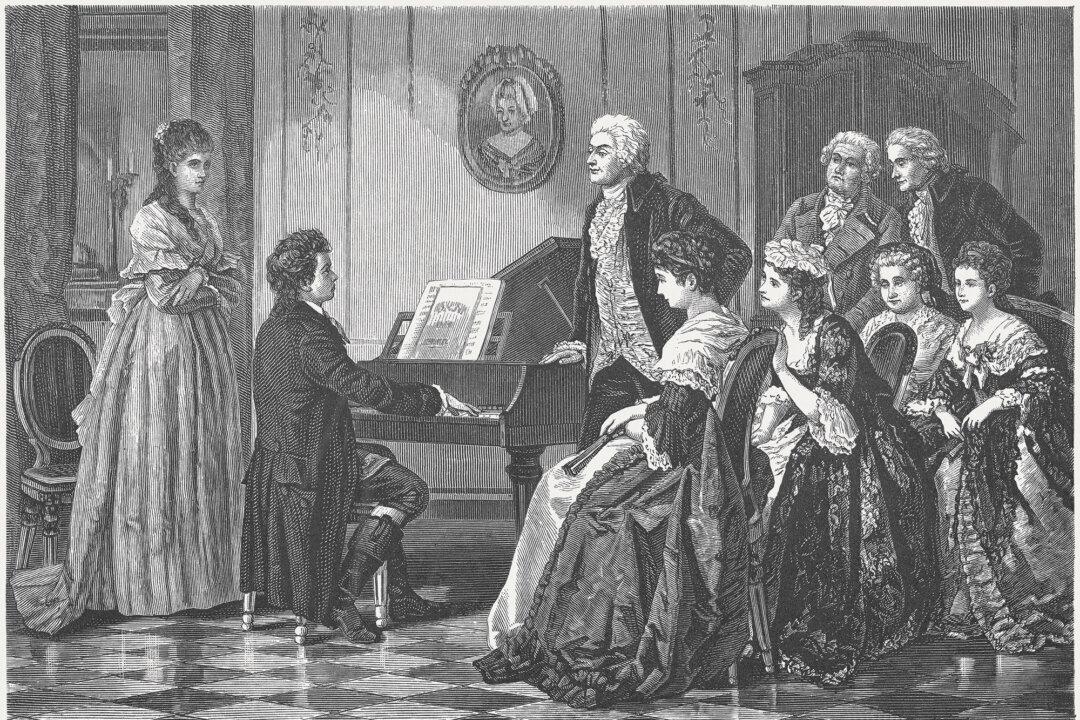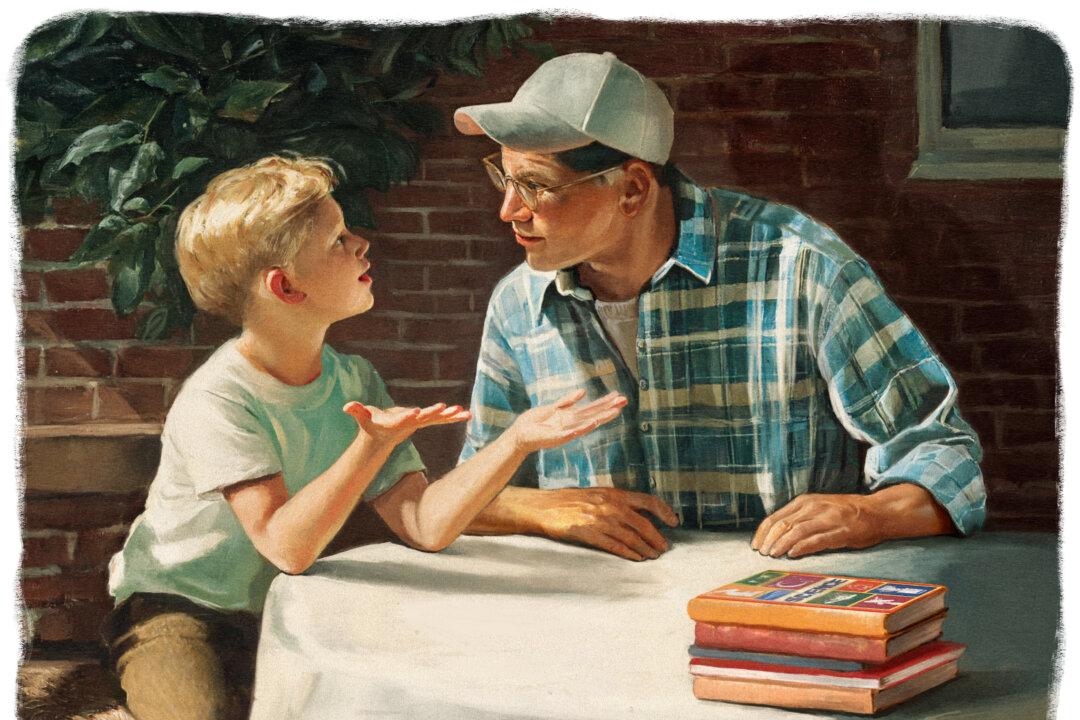“Victorians were in love with natural history,” wrote Barbara T. Gates in the introduction to an issue of Victorian Literature and Culture. The Victorian age was a time of booming scientific exploration and experimentation, yet this scientific interest didn’t by any means wipe out a romantic and spiritual fascination with nature nor its aesthetic appreciation.
These somewhat opposed tendencies—toward the systematic and rational on the one hand and the intuitive and aesthetic on the other—met and merged during the Victorian and Edwardian eras. As Gates put it, what the intellectual and artistic work of the day did “was to build and reinforce powerful bridges: between science and art … between romanticism, with its expansive verbal tribute to nature, and Victorianism, with its adoration of concrete, detailed description.”






